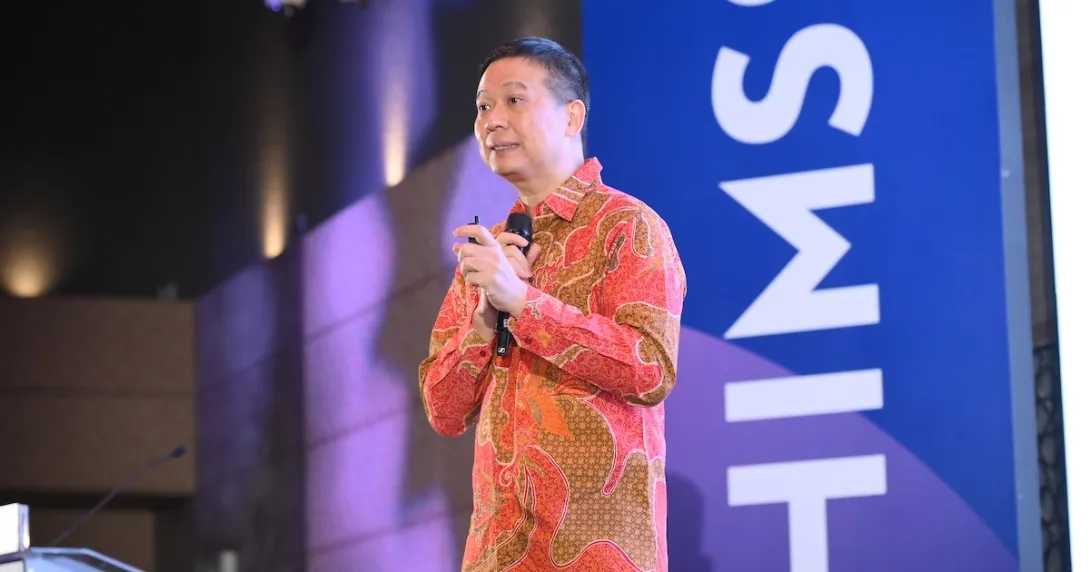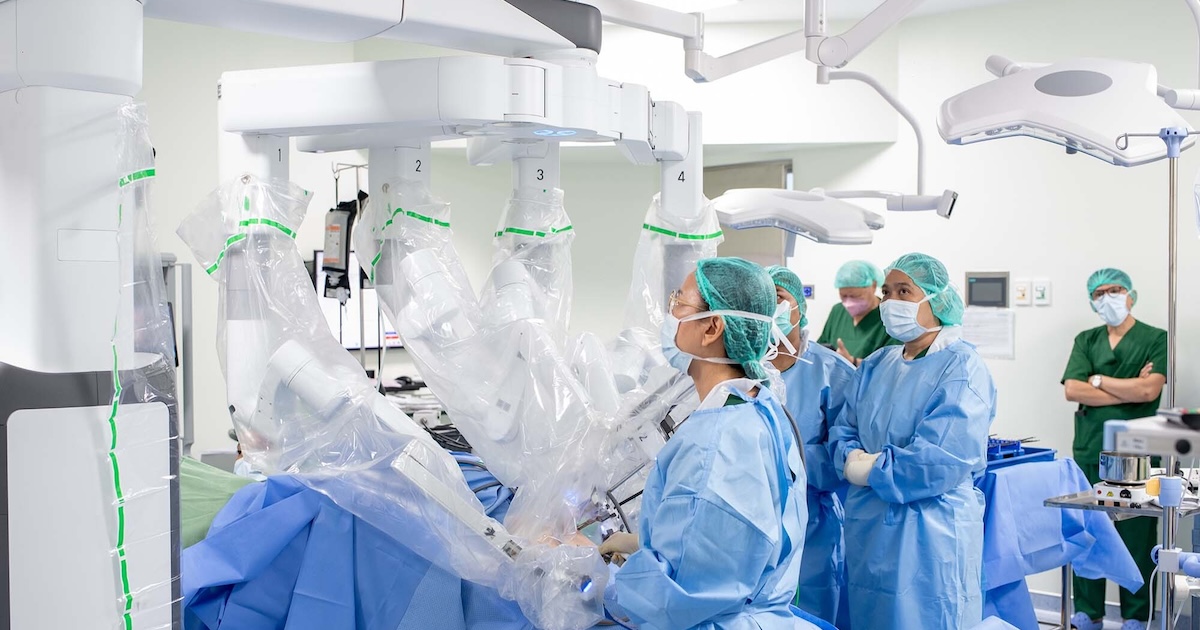
The healthcare industry must adopt new business models to get its wheels of innovation turning.
At HIMSS25 APAC, Dr Jeremy Lim, former president of Precision Public Health Asia Society, stressed that current financing for healthcare is "dead in the water."
"Investment decisions, particularly in these very challenging times…[are] political. Governments have to be able to look at it and justify it from the point of public good. It's got to be easy to explain to the average voter."
"Instead of going to your CFOs, instead of going to the finance ministers and saying, 'I need a billion dollars upfront and we'll make the money back somehow in the next 10 years,' can we do better?... If we continue along the same path with the old model, nothing is going to change," he said.
"We need a new game plan, [and] there are opportunities if we look at other sectors that have the same fundamental challenges."
In his keynote presentation, Dr Lim shared several examples of innovative models from other industries and sectors that have captured and mobilised funds for new projects.
One of these is the revenue model of the United Kingdom's Biobank, which charges a relatively smaller access fee for public researchers and university students and charges higher for private companies. Dr Lim noted that AMILI, a gut microbiome company he co-founded, as well as Singapore's SG100K genomic project, operate a similar revenue model.
In the pharmaceutical sector, some have entered into managed entry or risk-sharing agreements for developing novel treatment, which allow a more staggered, phased approach in paying out.
Another example is a subscription model. United States-based hearX's brand of hearing aids, Lexie, previously offered a subscription service option to expand access to its device. "Very interestingly, the willingness of people to pay $40 a month [for a hearing aid] until the end of time is higher than the willingness to pay $500 upfront," Dr Lim said.
" By changing the business model in a very traditional sector, it was able to expand access, gain market share, and impact many lives."
Dr Lim also encouraged thinking about scalability. "What is your exit strategy when the government funding or grant runs out? How then do you manage? Do you have a sustainable business model?"
Today, he said, digital therapeutics is gaining traction with more governments having the appetite to reimburse digital services.
"And of course, we must have at scale interested industry partners who are prepared to take this leap of faith and journey with us."
Apple, for example, worked with the Singaporean government to launch LumiHealth, a digital personalised health programme that encourages its citizens to adopt a healthy lifestyle.
Meanwhile, a growing number of hospitals, particularly in the US, have started providing AI companies with access to their data as an effort to monetise.
"AI is a game changer only if we have good data, and we will only have good data if we invest in it and sustain the investment. And for that to happen, we have to drive sustainable business models."
He advised, though, targeting "less controversial areas" of digital health deployment, as there are great concerns over security and privacy of health data.
Across industries and sectors, "we face high upfront costs, delayed gratification over the years, and there are externalities to who benefits," according to Dr Lim.
He said funders are already familiar with the other sectors. "It's much easier to approve something close enough to something you have done before."
"Let's not reinvent the wheel; learn from other sectors," he urged.
